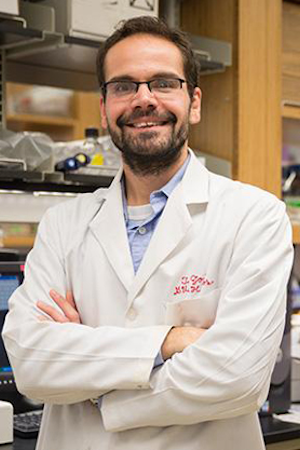The SSEP Mission 8 to ISS Step 2 Review Board takes a break for a group shot in front of the Apollo Lunar Module at the Smithsonian National Air and Space Museum, May 19, 2015. CLICK ON PHOTO TO ZOOM
The National Center for Earth and Space Science Education (NCESSE), and Arthur C. Clarke Institute for Space Education, are proud to introduce the National Step 2 Review Board for SSEP Mission 8 to the International Space Station (ISS). On May 19, 2015, the Board met at the Smithsonian National Air and Space Museum, in Washington, DC, to review 44 finalist proposals for student flight experiments submitted from across the network of 14 communities participating in SSEP Mission 8 to ISS. Listed below are the 23 Board Members—scientists, engineers, and science educators from academia, federal agencies, commercial entities, and national science education non-profits.
For Mission 8 to ISS, a total of 3,290 grade 5-16 students were formally engaged in designing microgravity experiments suitable for flight aboard ISS. At the conclusion of the 9-week experiment design phase, a total of 708 proposals were submitted by student teams, and 352 proposals were forwarded for review by SSEP Step 1 Review Boards in the communities. Each of these local Boards normally selects 3 finalist proposals for submission to the SSEP National Step 2 Review Board. However, it should be noted that one community underwrote the flight of two experiments, and submitted 6 finalist proposals. An additional community only submitted 2 finalist proposals. The Step 2 Review Board therefore received 44 finalist proposals from the 14 Mission 8 communities.
For Step 2 review, the Board Members were divided into five teams, each comprised of both researchers and science educators, and each team responsible for review of proposals from 3 SSEP communities. Board Members selected 15 flight experiments. The Board Members spent a great deal of time providing thoughtful comments for all 44 proposals, which were forwarded to the proposing student teams by NCESSE. The review went well beyond what is typical of reviews for professional research proposals given the deep recognition that the review process, and the comments back, were critically important teachable moments for the student researchers that worked so hard on their proposals. Through SSEP, we want to immerse students in real science. The review process is very much a part of real science, and that process therefore needs to be transparent, and a learning experience.
NCESSE reviewed all comments from the Step 2 Review Board to assess if there were any outstanding questions that needed to be addressed by the selected student flight teams, and by mid-June 2015, NCESSE formally notified each community of their selected flight experiments.
You are invited to explore the selected flight experiments and honorable mention finalist experiments for Mission 8 to ISS.
A Note to All Mission 8 Student Research Teams
To the thousands of students that participated in SSEP Mission 8 to ISS, regardless of whether your proposal was selected for flight, and regardless of whether it formally went before a Review Board, it is important to recognize the endeavor in which you’ve been engaged – real science. This is how real research proceeds from opportunity, to defining a proposed research program, to submission of a proposal, to formal proposal review and selection. In the professional world, comments back from the Review Board allow a team to rethink and refine their proposed research, so they can submit a better proposal for the next opportunity. We have indeed had SSEP student teams that did not get selected for spaceflight the first time, but did get selected with a refined proposal as part of their community’s next flight opportunity.
Reflect on the overall experience, and recognize that you and your team owned this process – you came up with a microgravity experiment of interest to you, and designed it to fly in a research mini-lab that has a very real set of constraints on its operation. So get excited about what you’ve achieved, and get excited about science, technology, engineering, and mathematics (STEM). We challenge you to seek out new opportunities in STEM where you can be curious and take ownership … in the journey.
Finally, recognize that YOUR COMMUNITY now has an experiment destined for the International Space Station, that you are part of this historic adventure, and now you and your community can rally around your flight experiment and root for its success.
The SSEP National Step 2 Review Board for Mission 8 to ISS—
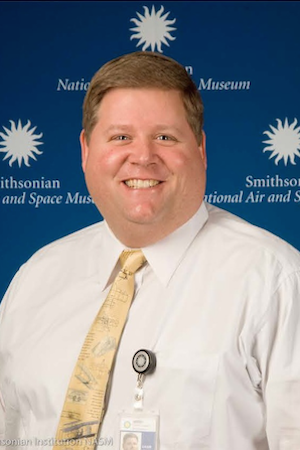 1. Doug Baldwin
1. Doug Baldwin
Chief, NASM Educational Initiatives
Smithsonian National Air and Space Museum
Currently Doug Baldwin is the Chief of Education Initiatives for the Smithsonian National Air and Space Museum (NASM). In this new position Doug is charged with working with new and existing educational partners to bring the resources of the National Air and Space Museum to any appropriate new and existing educational opportunity that presents itself. Doug is in his 13th year here at NASM, and his 19th year as and aerospace educator and astronomy and space science content provider. Doug began working for the Smithsonian National Air and Space Museum on September 10, 2001. He was hired to lead the new education unit of the Steven F. Udvar-Hazy Center (UHC). This 760,000 square foot facility constructed near Dulles International Airport houses the remaining 80% of the National Air and Space collection currently not on display. The new museum opened in December 2003 in time for the 100th Anniversary of Flight. Doug attended the Florida Institute of Technology in Melbourne Florida where he earned an Army ROTC scholarship, obtained his BS in Space Science, acquired his MS in Management and was commissioned a 2nd Lieutenant in the US Army Reserves. After two years of military service Doug found himself at Redstone Arsenal, in Huntsville Alabama, and landed a position at the US Space and Rocket Center as a Space Academy Lecturer. While working for the Space Academy and Space Camp programs, Doug found a passion for science education that he has taken with him ever since. Currently Doug is working on a Master’s Degree in Education specializing in Instructional Design and Technology from George Mason University. Expected Graduation is May 2016.
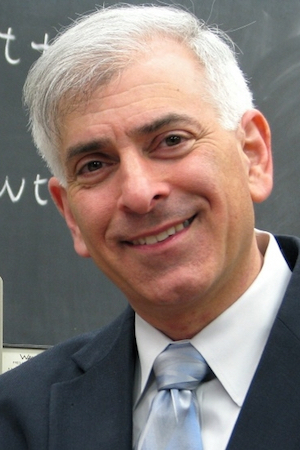 2. Dr. Matthew Bobrowsky
2. Dr. Matthew Bobrowsky
Adjunct Space Science Researcher, National Center for Earth and Space Science Education
Director of Special Programs, College of Mathematics, Natural Sciences & Technology, Delaware State University
Dr. Matthew Bobrowsky is a nationally recognized science educator and recipient of multiple awards for teaching excellence. He is the lead author of the Phenomenon-Based Learning books for teaching physical science. Matt teaches various scientific subjects, carries out scientific research, and engages in numerous public speaking events. Currently at Delaware State University, recent experience includes serving as Director of the Physics Demonstration Facility at UMCP, a collection of 1,600 science demonstrations. Matt has also developed science curriculum materials and presented countless workshops to teachers and the public. His educational presentations address topics such as the process of science, misconceptions in science, effective science teaching, and science vs. pseudoscience. His public presentations on astronomy are entertaining and educational. As an astrophysicist, Matt’s research includes astronomical observations with many telescopes, including the Hubble Space Telescope. His specialty is the study of planetary nebulae – clouds of gas expanding outward from aging stars. One planetary nebula that he discovered is the Stingray Nebula.
3. Dr. Shaun Brinsmade
Assistant Professor
Department of Biology, Georgetown University
Shaun Brinsmade is a microbiologist and an assistant professor in the Department of Biology at Georgetown University in Washington, DC. His research lab is interdisciplinary in nature and uses cutting-edge and genome-wide methods to answer biological questions at the interface of metabolism and pathogenesis (the ability to cause disease) in Gram-positive bacteria. Currently, his lab is seeking to understand how a bacterium couples changes in intracellular abundance of key chemicals (metabolites) to changes in physiology and gene expression, including the expression of genes that direct the synthesis of factors that potentially damage the host. A major focus is the transcription factor CodY, which may act as a molecular switch that mediates the transformation from a harmless bacterium to one that causes disease. To learn more, visit www.brinsmadelab.com.
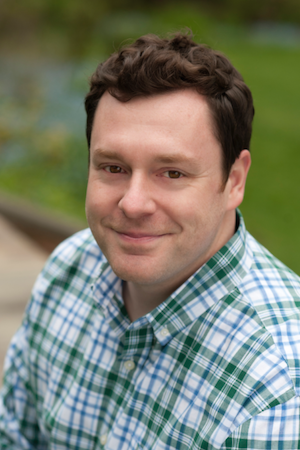 4. Dr. Daniel Dwyer
4. Dr. Daniel Dwyer
Assistant Professor, Department of Cell Biology and Molecular Genetics; Institute for Physical Science and Technology; Maryland Pathogen Research Institute
University of Maryland
Dr. Dwyer’s research interests are rooted in the study of dynamic events that occur during bacterial cell death and the influence of these events on antibiotic susceptibility. To address complex questions related to lethally stressed bacterial pathogens, the Dwyer Lab utilizes a broad complement of microbiology, bioengineering and chemical biology methods. Most notably, the lab applies synthetic and systems biology approaches to the identification and investigation of physiological vulnerabilities that appear under conditions of antibiotic stress in order to enhance our current antibiotic arsenal and resensitize drug resistant bacteria. Dr. Dwyer obtained his Ph.D. from the Molecular Biology, Cell Biology and Biochemistry Program at Boston University, following his B.S. in Biology from Boston College and two years in research and development at Forticell Bioscience, a tissue engineering company.
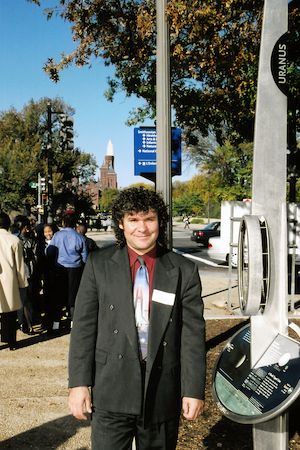 5. Dr. Jeff Goldstein
5. Dr. Jeff Goldstein
Program Director, Student Spaceflight Experiments Program (SSEP)
Center Director, Astrophysicist, National Center for Earth and Space Science Education (NCESSE)
Institute Director, Arthur C. Clarke Institute for Space Education
Dr. Jeff Goldstein is the creator of SSEP, and its Program Director. He is also the Center Director for the National Center for Earth and Space Science Education (NCESSE), and the Institute Director for the Arthur C. Clarke Institute for Space Education. Jeff is a nationally recognized science educator, and planetary scientist, who has dedicated his career to the public understanding of science and the joys of learning. He oversaw the creation of the Center’s national science education initiatives, including the Voyage National Program. He led the inter-organizational team that permanently installed the Voyage model Solar System on the National Mall in Washington, DC. He is a blogger at the Huffington Post, and writes Blog on the Universe. His planetary science research includes the development of techniques for measuring global winds on other planets using large telescopes on Earth. His research has produced the first direct measurement of the global winds above the clouds on Venus, and the first measurement of the global winds on Mars.
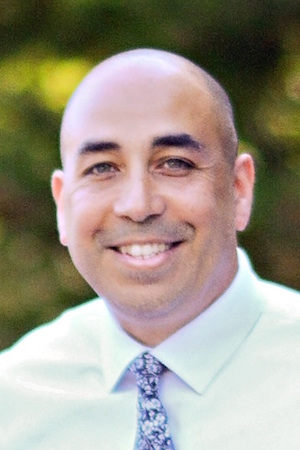 6. John Hamel
6. John Hamel
Assistant Flight Operations Manager, Student Spaceflight Experiments Program (SSEP)
Assistant Education Program Manager, National Center for Earth and Space Science Education (NCESSE)
John is the Assistant Education Program Manager at the National Center for Earth and Space Science Education. He provides logistics and coordination support for NCESSE’s various programs, including SSEP, Family Science Night and the MESSENGER Educator Fellowship program. As the SSEP Assistant Flight Operations Manager, John provides logistics support for SSEP, including website content development, coordination support for the annual SSEP National Conference, organization of SSEP delegations attending a mission launch, and overseeing the Mission Patch design competitions for each SSEP Mission. John also has extensive experience with non-profit education organizations and a certified association management group. He spent the early years of his career working directly with pre-school and school-aged children.
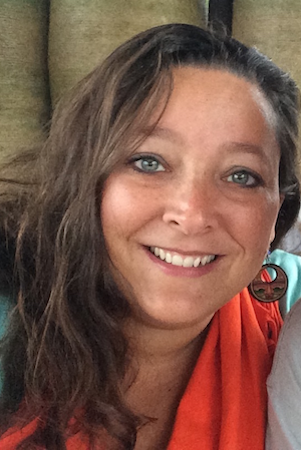 7. Stacy Hamel
7. Stacy Hamel
Flight Operations Manager, Student Spaceflight Experiments Program (SSEP)
Education Program Manager, National Center for Earth and Space Science Education (NCESSE)
Stacy Hamel is the Flight Operations Manager for the Student Spaceflight Experiments Program overseeing all day-to-day activities from the time flight proposals are submitted by the communities through experiment return to Earth. Her previous experience at NCESSE includes co-directing the Voyage National Program – a national public education and outreach program that is installing replicas of the Voyage Scale Model Solar System located on the National Mall in Washington, DC, in communities worldwide. Stacy also co-directed many of the Center’s other Educational Programs including Journey through the Universe – a national initiative that engages entire communities—students, teachers, families, and the public—using education programs in the Earth and space sciences and space exploration that inspire and educate. Over 200,000 grade preK-12 students have participated in Journey through the Universe.
8. Dr. Ann Hobbs
Biochemist and Patent Attorney (retired)
Ann Hobbs holds a Ph.D. In Biophysics from the University of Maryland at Baltimore, and devoted a number of years to biochemical and physiological research on cation transport across cell membranes. A large part of her scientific career was spent at the National Institutes of Health and the University of Maryland Medical School. Dr. Hobbs subsequently earned a J.D. from the University of Maryland School of Law and became a patent attorney, her legal practice focusing on medical, biotechnological and pharmaceutical inventions. She is a former partner of Venable LLP, Washington, D.C.
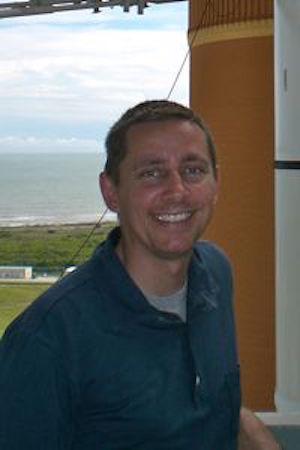 9. Michael Hulslander
9. Michael Hulslander
Adjunct Space Science Educator, National Center for Earth and Space Science Education (NCESSE)
Manager of Onsite Learning, Smithsonian National Air and Space Museum
Michael is responsible for science education at the Smithsonian’s National Air and Space Museum. He also manages the How Things Fly gallery, Moving Beyond Earth gallery, the Public Observatory Project and the Explainers Program. How Things Fly teaches visitors about the science of flight. Moving Beyond Earth is an immersive exhibition placing visitors “in orbit” during the shuttle and space-station era. At the Public Observatory visitors explore craters on the Moon, spots on the Sun, the phases of Venus, and other wonders of the universe using a 16-inch telescope. The Explainers Program gives high school and college students the chance to work at the National Air and Space Museum. Michael has worked in museums and zoos for more than 25 years, researching, writing, presenting and evaluating science programs for school groups, families and the general public.
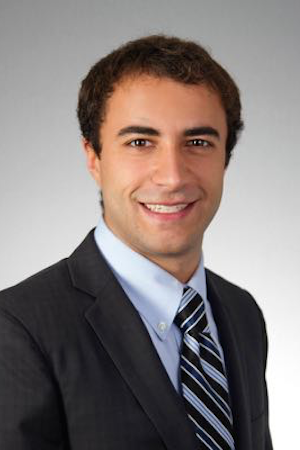 10. Bob Klein
10. Bob Klein
Systems Engineer, Future Technical Leaders Program
Northrup Grumman
Bob Klein is a Systems Engineer in Northrop Grumman’s Future Technical Leaders Program. He received a Bachelor’s Degree in Mechanical and Aerospace Engineering from Princeton University, where he started a monthly tradition of watching Apollo 13 and Top Gun that continues to this day. He continued his studies in the Aerospace Controls Laboratory at MIT, and received his Master’s Degree in Aeronautics and Astronautics from MIT in 2014. Bob is a National Science Foundation Graduate Research Fellow, a recipient of the Jack and Vickie Kerrebrock Fellowship in Aerospace Engineering, and President of the MIT Graduate Association of Aeronautics and Astronautics. While in Boston, Bob visited local elementary schools weekly through the “Science Counts!” after-school outreach program to expose students to fun projects in science and engineering. Bob believes strongly in science education and in promoting a passion for learning. His obsession with aircraft and spacecraft makes this significantly easier.
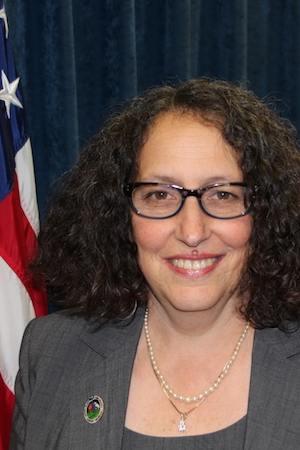 11. Pam Krauss
11. Pam Krauss
Albert Einstein Distinguished Educator Fellow
Office of Senator Bill Nelson
Pamela Krauss is a 2014-2015 Einstein Distinguished Educator Fellow that served as a Congressional Fellow in the office of Senator Bill Nelson. Before her fellowship she was the magnet coordinator and a teacher for an Environmental Science and Everglades restoration magnet at South Plantation High School, Plantation, Florida. In her capacity as a teacher she has developed curriculum for unique high school classes such as Research (survey of the Everglades and environmental design), Botany and Environmental Law. As magnet coordinator her role involved student recruiting, program marketing, budget management, curriculum and operations. Prior to teaching high school she has been an Adjunct Professor at Nova Southeastern University Law School teaching Wetlands Regulation law. She also taught at Broward College as an instructor of Environmental Regulation. Before her teaching career she practiced environmental law and was an environmental regulator as well as a botanical consultant. She holds a J.D. degree and B.S. in Biology both from the University of Miami and a Masters Degree in Biological Science from Florida Atlantic University.
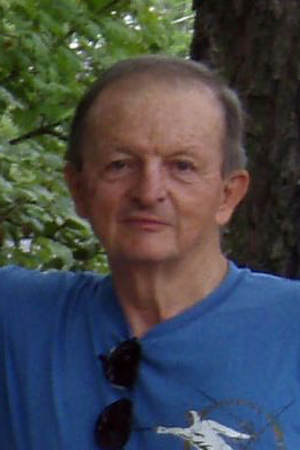 12. Dr. David Livengood
12. Dr. David Livengood
Dr. David Livengood is a biophysicist with a Ph.D. in Physiology. He has an extensive research background in biophysics in institutions such as the University of Maryland School of Medicine in Baltimore, Maryland, and the Armed Forces Radiobiology Research Institute in Bethesda, Maryland, where he served as the chair of the Physiology Department and the Applied Cellular Radiobiology Department.
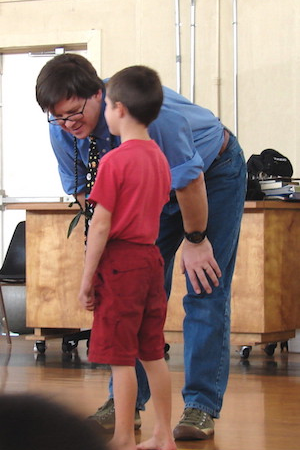 13. Dr. Tim Livengood
13. Dr. Tim Livengood
Adjunct Space Science Researcher, National Center for Earth and Space Science Education (NCESSE)
Research Scientist, University of Maryland Department of Astronomy
Dr. Tim Livengood is a senior advisor to SSEP and adjunct research scientist with the National Center for Earth and Space Science Education. He is a research scientist with the University of Maryland Department of Astronomy and works at NASA’s Goddard Space Flight Center. Tim has been a presenter and team leader for the Center’s public and school programs and has visited hundreds of classrooms. His current research uses a neutron-detecting instrument on the Lunar Reconnaissance Orbiter to measure deposits of water on the Moon, and uses infrared spectroscopy from telescopes on Earth to measure composition, temperature, and wind velocity in the atmospheres of other planets.
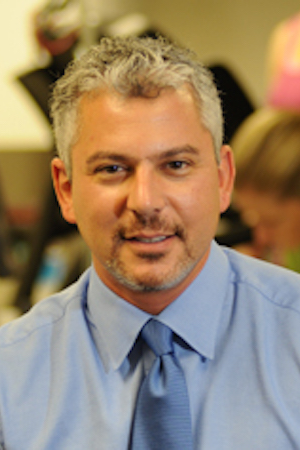 14. Dr. Todd Miller
14. Dr. Todd Miller
Associate Professor, Department of Exercise Science and Nutrition Sciences
Milken Institute School of Public Health, George Washington University
Todd A. Miller is an Associate Professor in the Department of Exercise Science and Nutrition Sciences at the George Washington University Milken Institute School of Public Health. Dr. Miller is an internationally renowned expert in Strength Training for athletic performance and health. His early focus on the influence of strength training on athletic performance evolved into an interest in how human beings respond to long-term space travel. To learn more, Dr. Miller has used animal models to investigate the deleterious effects of microgravity on physiology, and how those effects can be countered, and participated in an ongoing NASA project that included flying an experiment on the ill-fated Columbia shuttle in 2003.
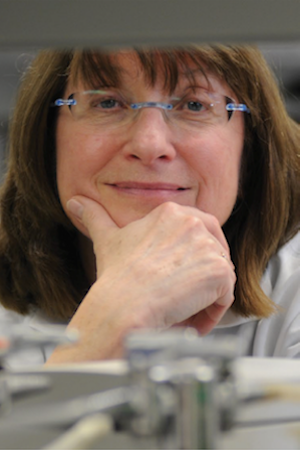 15. Dr. Sally A. Moody
15. Dr. Sally A. Moody
Professor of Anatomy and Regenerative Biology
George Washington University School of Medicine and Health Sciences
Dr. Moody has directed a biomedical research laboratory focused on the development of the nervous system for over 30 years. Her lab has studied numerous aspects of neural cell development in a number of animal models. Her favorite, however, is the frog Xenopus because of their large eggs and rapid development, the ease of performing gene gain- and loss-of-function in specific tissues, and the applicability of the information we gain to other vertebrates, including humans, due to a high degree of genome homology. Currently there are two major projects in the laboratory. First, we are discovering the role of a neural transcription factor, FoxD4, in the formation of neural stem cells. In both frog and mouse stem cells FoxD4 is required for the cells to become part of the nervous system and it plays an important role in controlling neural cell differentiation. We also are determining whether proteins found in the egg, including FoxD4, instruct embryonic cells to become neurons. Second, we are studying what genes are required for the proper formation of the sensory organs of the head. In frogs, fish, chicks and humans, the Six1 gene is pivotal in the development of these organs. We are identifying new genes that interact with Six1 in order to discover the genetic causes of birth defects that impact the nose, eyes and ears.
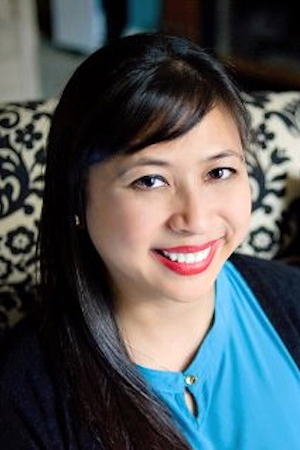 16. Anthonette Pena
16. Anthonette Pena
Program Director, Albert Einstein Distinguished Educator Program
Triangle Coalition for STEM Education
Anthonette Peña is the Program Director for the Albert Einstein Distinguished Educator Fellowship Program at the Triangle Coalition for STEM Education. Throughout her career, Peña has worked to increase the number of underrepresented groups, specifically minorities and females, within the STEM pipeline and to encourage students to consider STEM careers. While teaching 8th grade science in DC Public Schools (DCPS), she served as the SSEP Community Program Director. Prior to teaching in DCPS, she served for two years as an Einstein Fellow at the National Science Foundation. Peña, a National Board Certified Teacher in Early Adolescence Science, was a Presidential Award in Excellence in Mathematics and Science Teaching (PAEMST) State Finalist in 2012. She earned her BA in Liberal Studies from Cal Poly, San Luis Obispo and an MS in Education in Teaching English to Speakers of Other Languages from Nova Southeastern University.
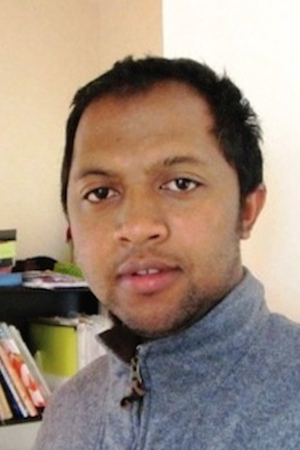 17. Dr. Sanda F. Rajaonson
17. Dr. Sanda F. Rajaonson
Dr. Sanda Rajaonson received his Ph.D. in Biological Sciences from the Université Libre de Bruxelles, Belgium and the University of Antananarivo, Madagascar through a joint program between the two institutions. His doctoral thesis focused on the inhibition of virulence gene expression in Rhodococcus fascians and Pseudomonas aeruginosa, as a culmination of years of research on the virulence of pathogenic bacteria. During his career, he has developed his interest in finding alternatives to battle the problem of multi-drug resistance in pathogenic bacteria. His next step is to continue his research in the areas of microbial genetics, host-microbe interaction and cell-to-cell communication in bacteria in order to improve his understanding of the molecular mechanisms of bacterial pathogenesis.
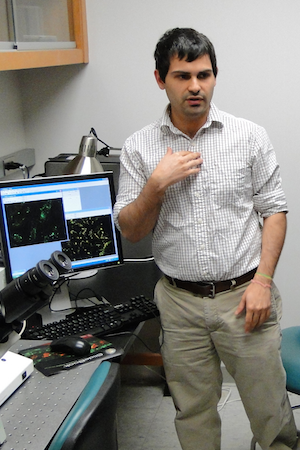 18. Dr. Daniel Serrano
18. Dr. Daniel Serrano
Research Associate, Institute for Research in Electronics and Applied Physics (IREAP)
University of Maryland
Daniel Serrano is a Research Associate at the University of Maryland Institute for Research in Electronics and Applied Physics (IREAP). He completed a B.S. in Biochemistry at Virginia Tech and M.S. in Cell Biology and Molecular Genetics at the University of Maryland College Park. During his PhD work in the Biological Sciences program at the University of Maryland College Park, Daniel studied the optimization of targeted therapeutic delivery using nanocarriers and also the interactions between blood clots, blood cells, and the walls of blood vessels. In 2014, his last year of graduate school, Daniel participated in the American Association for the Advancement of Science Mass Media Fellowship, which has propelled his involvement in science outreach.
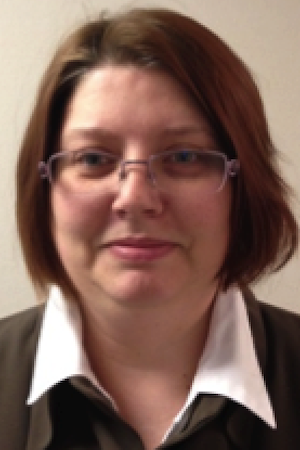 19. Beverly Stambaugh
19. Beverly Stambaugh
Albert Einstein Distinguished Educator Fellow
National Science Foundation
Beverly Stambaugh is an Albert Einstein Distinguished Educator Fellow hosted by the National Science Foundation. She has been a middle school STEM science teacher for fifteen years in Fairborn, Ohio. Her previous experience as Science Fair Director, FIRST LEGO robotics coach, and The College of Wooster BWISER Summer Science Camp has provided many opportunities to engage students in STEM.
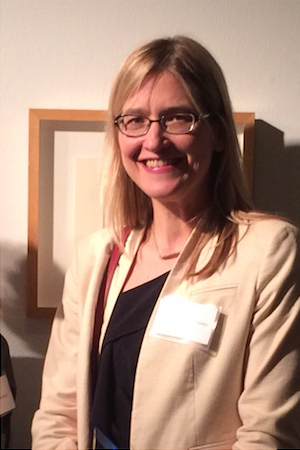 20. Dr. Michelle Starz-Gaiano
20. Dr. Michelle Starz-Gaiano
Assistant Professor, Department of Biological Sciences
University of Maryland Baltimore County
Dr. Starz-Gaiano investigates the genetic control of animal development. In particular, her studies focus on understanding how cells adopt different identities and move through complex environments. She uses the vast genetic tools developed in fruit flies to identify new molecules involved in these processes. Interestingly, many of the same genes that regulate development in flies are required in the development of other animals, including humans. Currently, much of the work from her research group focuses on the regulation of the Janus Kinase and STAT molecular signaling pathway. Dr. Starz-Gaiano earned a bachelor’s degree from MIT, a PhD from NYU, and completed postdoctoral work at Johns Hopkins Medical School before starting at UMBC in 2008.
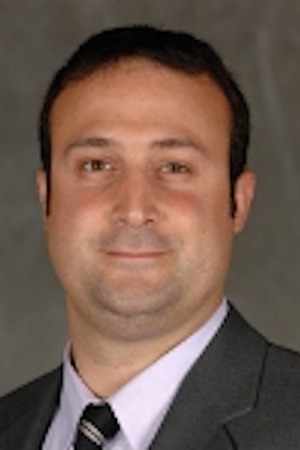 21. Dr. Alex Theos
21. Dr. Alex Theos
Assistant Professor
Georgetown University
Alex Theos is an Assistant Professor at the Department of Human Science in the School of Nursing And Health Studies at Georgetown University. His research interests include the biogenesis of specialized organelles, focusing on the intracellular membrane trafficking pathways. Currently, his research lab is working to understanding the cell biology of the GPNMB protein, which is associated with diverse pathologies including melanoma and pigmentary glaucoma.
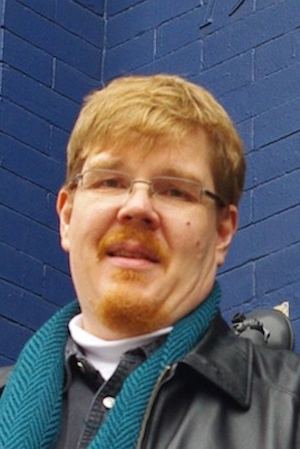 22. Dr. Harri Vanhala
22. Dr. Harri Vanhala
Adjunct Space Science Researcher, National Center for Earth and Space Science Education
Senior Scientist, Global Science and Technology, Inc.
Originally from Finland, Harri received his Ph.D. in astronomy from the University of Oulu. Harri has worked in various research and education organizations in the Unites States for 20 years. He is a Senior Scientist at Global Science and Technology, where he works with NASA’s Space Technology and Human Exploration and Operations Mission Directorates to help select new space technology projects for development and experiments for flight to the International Space Station. His science research focuses on the use of computer simulations to investigate the origin of the Solar System and the formation of stars and planetary systems across the Universe. His science education activities have included hundreds of visits to grade K-12 classrooms, conducting teacher training workshops, teaching college courses, and presentations to families and the public—he is one of the presenters for the Center’s Family Science Night program at the Smithsonian National Air and Space Museum.
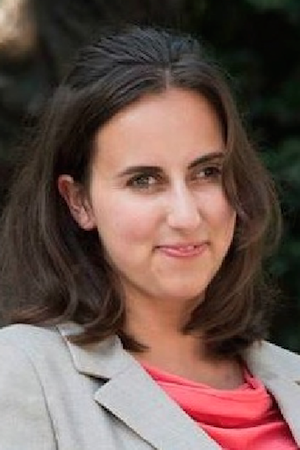 23. Rebecca Vieyra
23. Rebecca Vieyra
Albert Einstein Distinguished Educator Fellow
NASA Aeronautics Research Mission Directorate
Rebecca E. Vieyra, B.S. Physics Education (Illinois State University), M.A.S. Ed. (Illinois Institute of Technology), taught high school physics in Illinois public schools from 2007 to 2014. She is a National Board Certified AYA/Science-Physics teacher, a Google Educator, Google Certified Teacher, Google Education Trainer, an AAPT Physics Teaching Resource Agent, and serves as an eMentor and as the Coordinator for the AAPT eMentoring Program. Rebecca has published articles in Laser Physics, the Journal of Physics Teacher Education Online, The Physics Teacher, and The Science Teacher. She works with her husband to develop physics education technology for mobile devices, Physics Toolbox Apps by Vieyra Software. She recently released a three-volume publication, Teaching High School Physics. Rebecca has received a variety of awards, including the AAPT Barbara Lotze Scholarship, an NSF GK12 PRISM Teaching Fellowship, the National Science Teacher Association New Teacher Academy Fellowship, the Illinois Science Teachers Association New Teacher of the Year Award, and is a 2013 finalist for the Presidential Award for Excellence in Math and Science Teaching. She is currently serving at NASA as an Albert Einstein Distinguished Educator Fellow.

